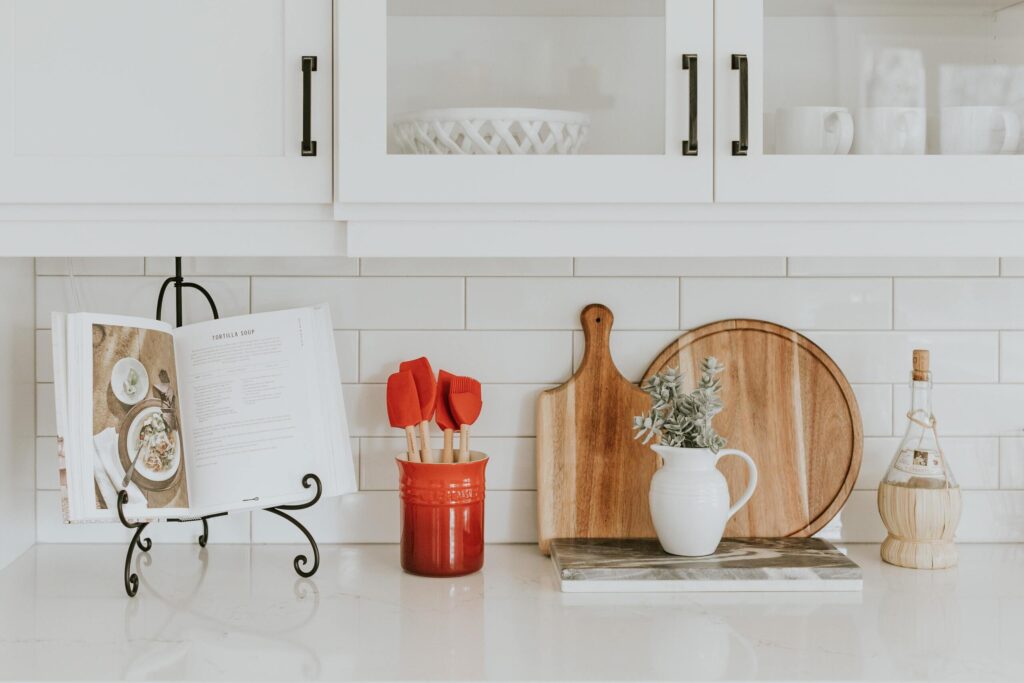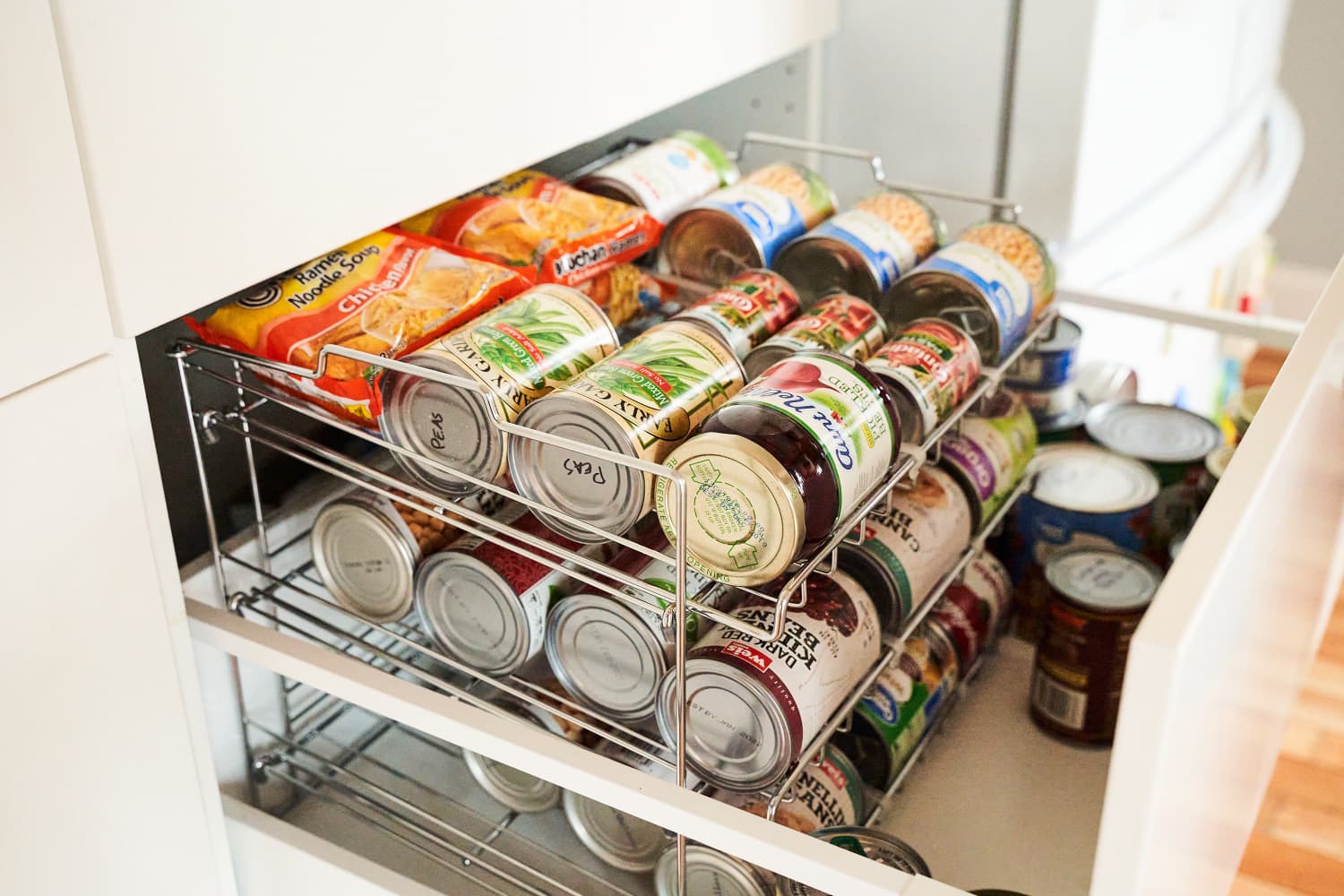
When I began organizing my kitchen, I made a few rookie errors that ended up teaching me valuable lessons. For example, I purchased trendy storage solutions without fully assessing my needs. Some of them, like a spice rack that didn’t fit half my jars, turned out to be useless.
This experience taught me the importance of thoughtful planning. Start with what you already have before investing in new products. For instance, I used shoeboxes to test pantry organization before committing to stackable bins. It wasn’t pretty, but it revealed exactly what I needed.
Tips for Organizing Your Kitchen for Families
Sharing your kitchen with family can make organization tricky. In my household, misplaced items were a constant problem until I implemented systems everyone could follow.
Here’s what worked for us:
- Color-Coded Zones: Assigning different colors for categories—blue for cooking tools, green for food prep, and red for cleaning supplies—made it clear where things belonged.
- Kid-Friendly Storage: A lower cabinet for kids’ plates, cups, and snacks allowed them to grab what they needed independently.
- Family Command Center: Near the fridge, I set up a magnetic calendar, pen holder, and whiteboard for meal planning, which keeps everyone in sync.
These small adjustments made our kitchen a more functional and harmonious shared space.

